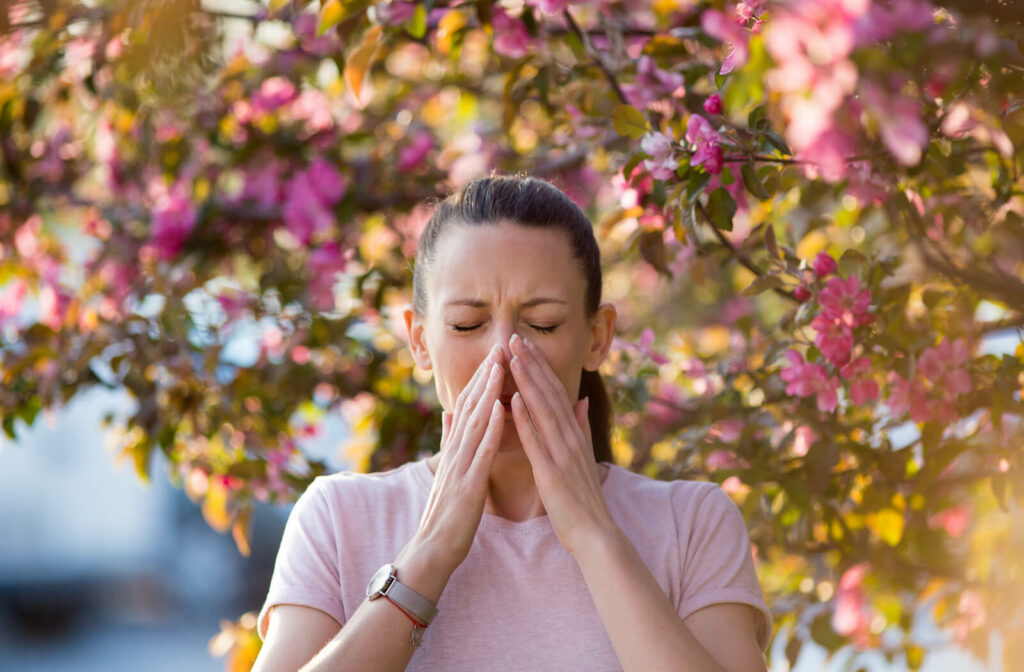Allergies and dry eyes are very similar and very common. It can be difficult to distinguish between the two.
Do you need an allergy medication or an eye exam? Sometimes, a person could need both.
The only way to know for sure is to visit your optometrist. Your optometrist can perform a number of tests to see if you have dry eye. Additionally, your optometrist may be able to provide some guidance on managing eye allergies.
At the Dry Eye Center of Connecticut, we’re here to help.
What Is Dry Eye?
Dry eye is an increasingly common eye condition that occurs when your tears can’t properly hydrate and lubricate your eyes. Usually, this is because your eyes don’t produce enough tears or your eyes produce poor-quality tears.
This tear instability leads to inflammation, damage to the eye’s surface, and dry eye symptoms. Dry eye can cause your eyes to feel irritated and uncomfortable. It can impact your ability to function day-to-day if left untreated.
Signs & Symptoms
The common signs and symptoms of dry eye include:
- Blurry vision
- Watery eyes
- Light sensitivity
- Eye fatigue/redness
- Difficulty driving at night
- Difficulty wearing contacts
- Stringy mucus in/around eyes
- Stinging, burning, or scratching sensation
Causes
Dry eye can be caused by a number of factors.
The tear film has 3 layers; fatty oils, aqueous fluid, and mucus. This combination is supposed to keep the eye’s surface lubricated, smooth, and clear. If internal or external factors impact this film, you may experience dry eye symptoms.
Some causes of dry eye include:
- Aging
- Allergies
- Eyelid issues
- Hormone changes
- Certain medications
- Not blinking enough
- Vitamin A deficiency
- Wind, smoke, or dry air
- Previous eye injury/surgery
- Decreased tear production
- Increased tear evaporation
- Certain diseases/conditions
Left untreated, dry eye can put you at a higher risk of developing eye infections, damaging the surface of your eyes, and losing your quality of life. While dry eye may start as a simple nuisance, it can create long-term issues for any person who has this condition.
Allergies vs. Dry Eye: How Can I Tell the Difference?
Allergies can have similar symptoms as dry eye, but they’re not the same. Allergies can be seasonal or a year-round issue, and can typically be resolved with over-the-counter medications.
Dry eye can be a symptom of allergies, but having allergies doesn’t mean you have dry eye. While the differentiators may be subtle, it’s important to understand both sets of symptoms so you can seek the right help.
Signs and symptoms of allergies include:
- Eye redness
- Frequent tearing
- Itching or burning
- Swollen eyelids
- Light sensitivity
- Blurred vision
Some of these symptoms can occur as a result of frequently rubbing your eyes or face. Eye allergies can occur alone, or in conjunction with nasal or skin allergies, among others. The only way to know with certainty if you’re experiencing allergies is to see your doctor.
Dry Eye Treatments
At the Dry Eye Center of Connecticut, we offer a variety of treatments for dry eye. However, it’s important to know that beyond treatment you can practice prevention for dry eye, too.
Prevention
To prevent dry eye from developing, try following these tips:
- Quit smoking
- Adjust your computer
- Eat a nutrient-rich diet
- Use artificial tears regularly
- Avoid air blowing into your eyes
- Use a humidifier at home in dry months
- Take regular “eye breaks” during long tasks
- Consider wraparound sunglasses for maximum protection
Lumenis OptiLight IPL
We’re proud to offer Lumenis OptiLight Intense Pulsed Light (IPL) treatments for patients struggling with meibomian gland dysfunction.
OptiLight by Lumenis is a light-based, non-invasive treatment done in the area below the eyes to manage dry eye. The first and only IPL FDA-approved for dry eye management.
This treatment is fast and simple. During the treatment, your doctor will apply a coupling gel on the treatment area and cover your eyes with shields. As light is applied to the skin, you may experience a warm sensation. The treatment is gentle with minimum discomfort. The treatment itself will only take 10 – 15 minutes.
Learn more about OptiLight here.
Equinox LLLT
Equinox Low-Level Light Treatment (LLLT) uses a wearable device to warm the meibomian glands. The heat can help melt away or loosen blockages in your meibomian glands and relieve evaporative dry eye symptoms.
Meibomian Gland Expression
Meibomian gland expression involves gently massaging the eyelids to help clear oil blockages and rehydrate the eyes. This is always done in the office by an eye doctor.
BlepharoExfoliation
BlepharoExfoliation is an in-office process that cleans away dirt, debris, bacteria, and other blockages from the edges of your eyelid. BlepharoExfoliation can help manage symptoms of meibomian gland dysfunction and blepharitis.
Need Relief?
Are you tired of suffering from dry eye symptoms? Come see us today for a dry eye evaluation and get the relief you need.




